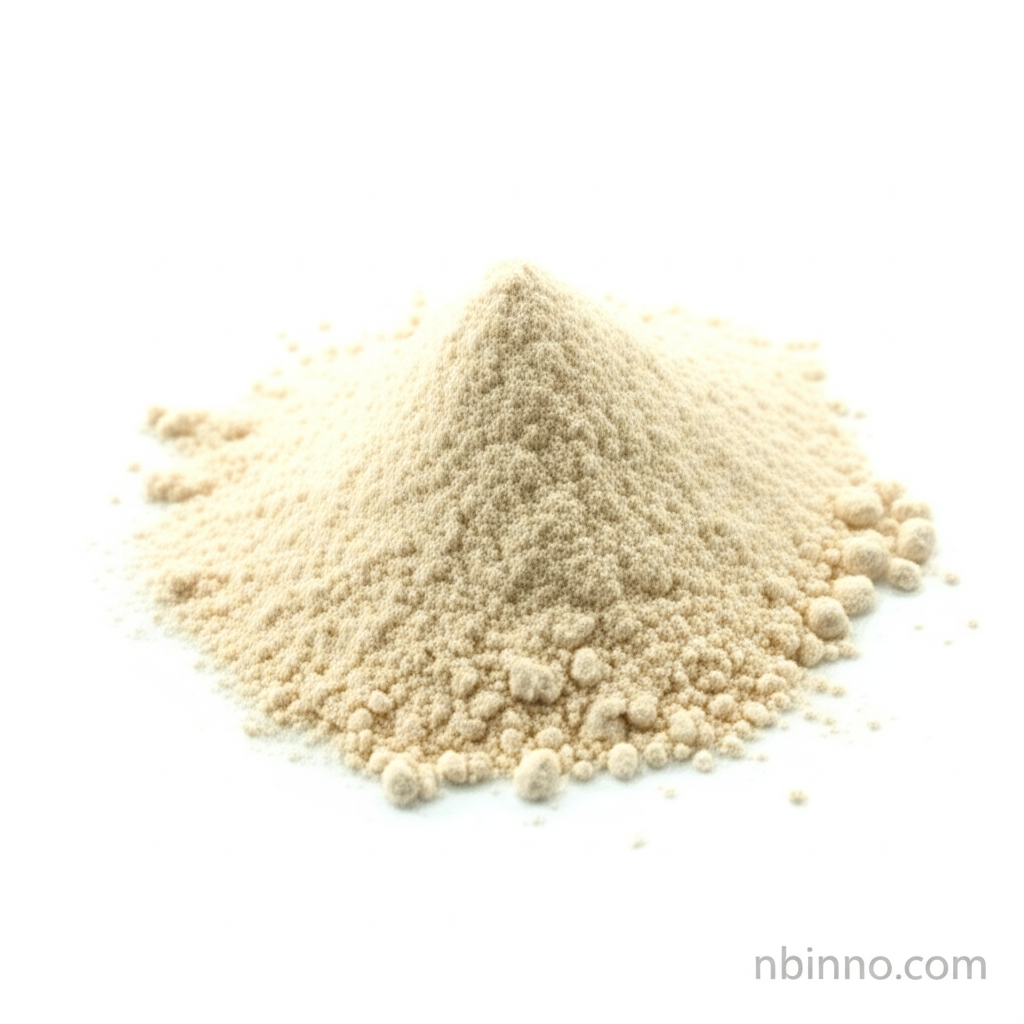Anthraquinone-2-sulfonic Acid Sodium Salt Monohydrate: Applications, Benefits, and Usage Insights
Discover the versatile applications of Anthraquinone-2-sulfonic acid sodium salt monohydrate in chemical synthesis and analysis.
Get a Quote & SampleProduct Core Value

Anthraquinone-2-sulfonic acid sodium salt monohydrate
This high-purity chemical compound, known for its CAS number 153277-35-1 and molecular formula C14H9NaO6S, is a valuable asset in various chemical processes. It is recognized for its role as an analytical reagent for alkaloids and a critical intermediate in dye synthesis.
- Leverage Anthraquinone-2-sulfonic acid sodium salt monohydrate for precise alkaloid analysis, ensuring reliable results in your laboratory work.
- Utilize this compound as a key dye intermediate, facilitating the creation of vibrant and stable colorants for diverse applications.
- Explore the utility of sodium anthraquinone-2-sulfonate monohydrate as a pulping catalyst, optimizing industrial paper production processes.
- Benefit from its function as an in situ photochemical fluorescence probe, enabling advanced research and diagnostic capabilities.
Key Advantages
Exceptional Purity
With a guaranteed assay of 99% minimum, Anthraquinone-2-sulfonic acid sodium salt monohydrate provides the high quality required for sensitive analytical and synthesis procedures.
Versatile Application Range
From alkaloid analysis to complex dye synthesis, this chemical's adaptability makes it an indispensable component across multiple scientific and industrial sectors.
Catalytic Efficiency
Its effectiveness as a catalyst in alkaline pulping and as a photochemical probe highlights its advanced chemical properties and performance benefits.
Key Applications
Analytical Chemistry
As a reliable analytical reagent for alkaloids, it supports precise identification and quantification in research and quality control settings.
Dye Manufacturing
Its role as a dye intermediate is crucial for the synthesis of a wide array of colorants, contributing to the vibrant world of textiles and pigments.
Pulp and Paper Industry
The compound serves as an effective catalyst in the soda process for alkaline pulping, enhancing efficiency in paper production.
Photochemical Research
Its application as an in situ photochemical fluorescence probe opens avenues for advanced studies in photochemistry and related fields.
